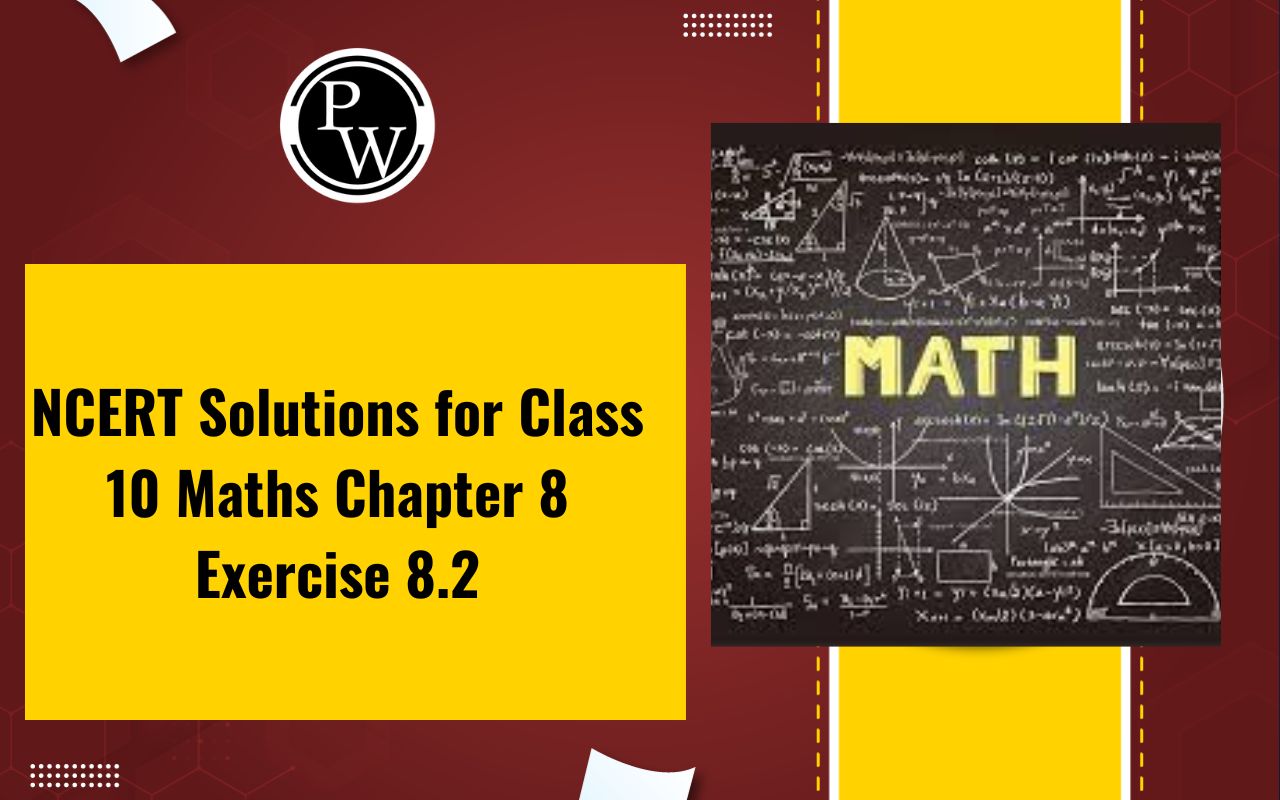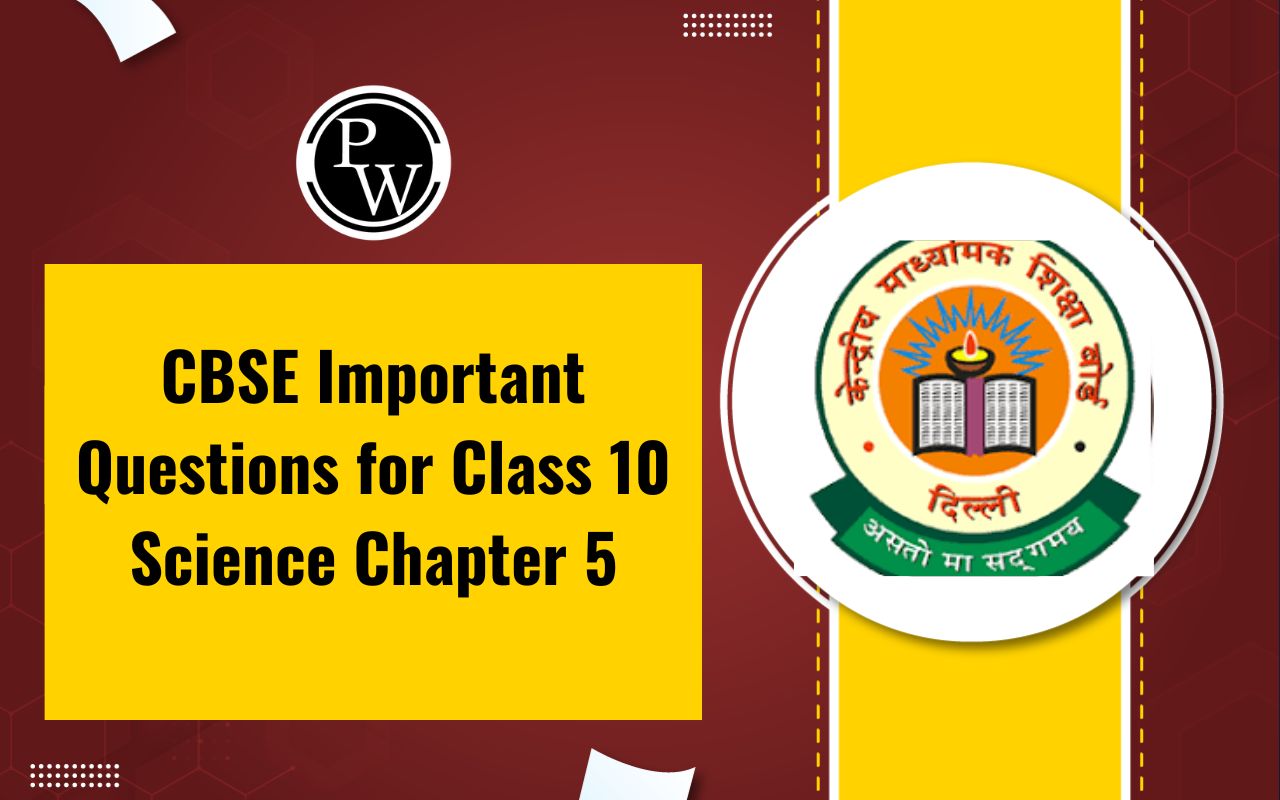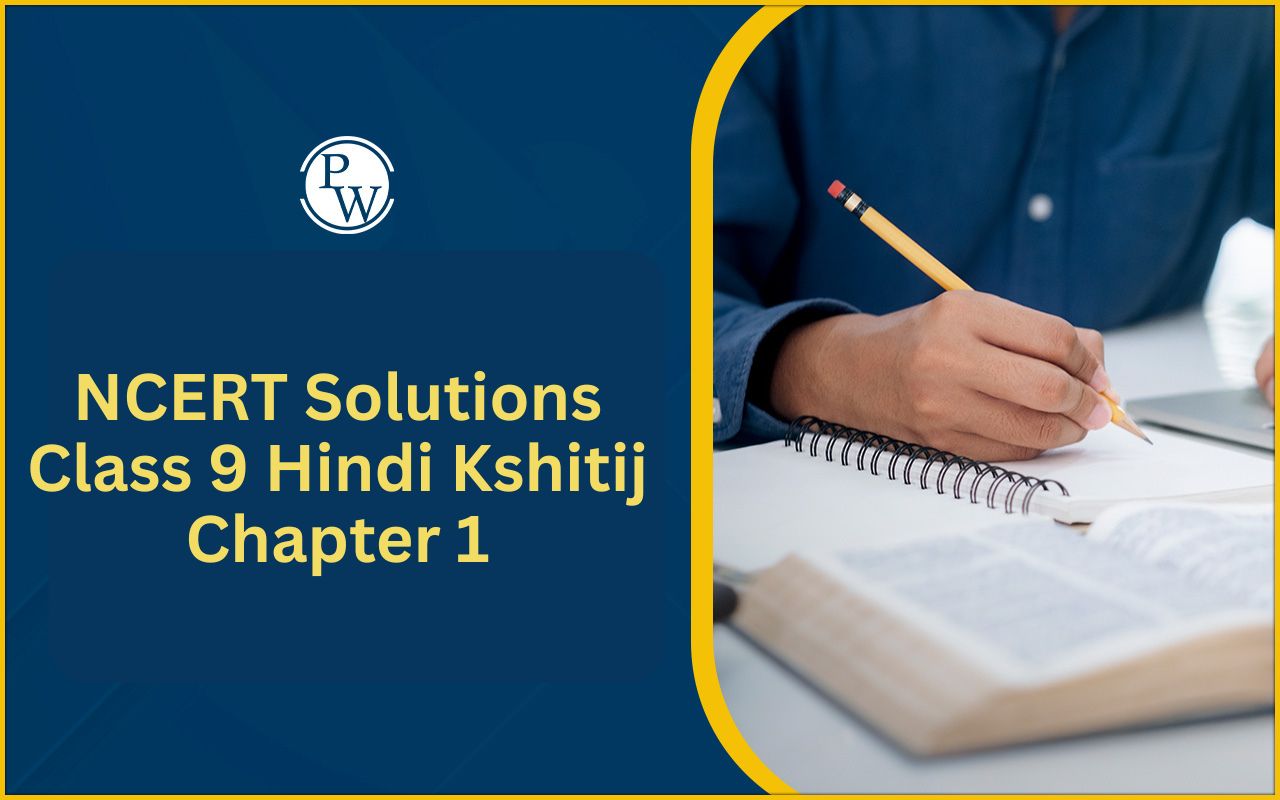
The Multiplication Rule of Counting Formula is a fundamental concept in combinatorics, a branch of mathematics that deals with counting and arranging objects. This rule provides a systematic approach for determining the total number of outcomes in a series of events or choices. Whether you're arranging books on a shelf, selecting outfits from your wardrobe, or designing computer algorithms, understanding the Multiplication Rule of Counting is essential. In this article, we'll explore the theory behind this rule, its applications in various fields, and how it can help solve complex counting problems.
Understanding the Multiplication Rule of Counting Formula
At its core, the Multiplication Rule of Counting is a straightforward concept: the total number of outcomes for a series of events is calculated by multiplying the number of outcomes for each individual event. This rule is most commonly applied to situations where you make a sequence of choices, and the outcomes of these choices are independent, meaning the outcome of one choice does not affect subsequent choices.
The rule can be expressed mathematically as follows:
Total Outcomes = (Number of Outcomes for Event 1) × (Number of Outcomes for Event 2) × ... × (Number of Outcomes for Event n)
Here are a Few Key Terms and Concepts Related to the Multiplication Rule
Events: Each choice or action you make in a sequence is considered an event. Events can be as simple as selecting a color or as complex as designing a multi-step process.
Number of Outcomes: For each event, you determine how many possible outcomes or choices exist. This number can vary depending on the context of the problem.
Independence: The Multiplication Rule assumes that the outcomes of each event are independent, meaning that the choice made in one event does not influence the choices made in subsequent events.
Applications of the Multiplication Rule of Counting
The Multiplication Rule of Counting has wide-ranging applications in various fields, including:
- Combinatorics: Combinatorics is the primary field of mathematics where the Multiplication Rule is extensively used. It helps count and organize arrangements, permutations, and combinations of objects.
- Probability: In probability theory, the Multiplication Rule is used to calculate the probability of compound events, where multiple independent events occur in succession.
- Computer Science: Algorithms often involve sequences of decisions and actions. The Multiplication Rule aids in calculating the total number of possible algorithmic paths or outcomes.
- Genetics: When considering the inheritance of genetic traits, the Multiplication Rule helps determine the probability of specific combinations of genes passing from one generation to the next.
- Product Design and Manufacturing: In product design, engineers must consider various choices and configurations. The Multiplication Rule helps assess the total number of design possibilities.
Also Check – Complex number Formula
Examples of the Multiplication Rule of Counting
Let's explore a few practical examples to illustrate how the Multiplication Rule works:
Example 1: Building a Password
Suppose you are creating a password for a new online account, and the password requires three elements: an uppercase letter, a lowercase letter, and a digit. You have 26 uppercase letters (A-Z), 26 lowercase letters (a-z), and 10 digits (0-9). How many different passwords can you create?
Using the Multiplication Rule:
Total Passwords = (Number of Uppercase Letters) × (Number of Lowercase Letters) × (Number of Digits)
Total Passwords = 26 × 26 × 10 = 6,760
You can create 6,760 different passwords following these rules.
Example 2: Menu Combinations
Imagine you are planning a menu for a dinner party, and you want to choose one appetizer, one main course, and one dessert from a menu with 5 appetizers, 7 main courses, and 4 desserts. How many different combinations of a full meal can you create?
Using the Multiplication Rule:
Total Combinations = (Number of Appetizers) × (Number of Main Courses) × (Number of Desserts)
Total Combinations = 5 × 7 × 4 = 140
You can create 140 different combinations of a full meal from the menu.
Example 3: Binary Sequences
In computer science, binary sequences are commonly used. For instance, a 3-bit binary sequence can represent eight different values (000, 001, 010, 011, 100, 101, 110, 111). How many different 5-bit binary sequences can be created?
Using the Multiplication Rule:
Total Sequences = (Number of Choices for Each Bit)^Number of Bits
Total Sequences = 2^5 = 32
You can create 32 different 5-bit binary sequences.
Example 4: Building a Team
Suppose you are the manager of a sports team, and you need to select a team of 3 players from a pool of 8 available players. How many different ways can you select the team?
Using the Multiplication Rule:
Total Team Combinations = (Number of Choices for the First Player) × (Number of Choices for the Second Player) × (Number of Choices for the Third Player)
Total Team Combinations = 8 × 7 × 6 = 336
There are 336 different ways to select a team of 3 players from the pool of 8.
Also Check – Congruence of triangles formula
Example 5: Arranging Books on a Shelf
You have a collection of 5 books, and you want to arrange them on a shelf. How many different ways can you arrange the books?
Using the Multiplication Rule:
Total Arrangements = (Number of Choices for the First Book) × (Number of Choices for the Second Book) × ... × (Number of Choices for the Fifth Book)
Total Arrangements = 5 × 4 × 3 × 2 × 1 = 120
There are 120 different ways to arrange the 5 books on the shelf.
Example 6: Coin Flips
You have a sequence of 5 coin flips (H for heads and T for tails). How many different sequences can you create?
Using the Multiplication Rule:
Total Sequences = (Number of Choices for Flip 1) × (Number of Choices for Flip 2) × ... × (Number of Choices for Flip 5)
Total Sequences = 2 × 2 × 2 × 2 × 2 = 32
There are 32 different sequences of 5 coin flips.
Example 7: Pizza Toppings
You are ordering a pizza, and the menu offers 3 choices for the type of crust (thin, thick, stuffed) and 5 choices for toppings. How many different pizza combinations can you create?
Using the Multiplication Rule:
Total Pizza Combinations = (Number of Choices for Crust) × (Number of Choices for Toppings)
Total Pizza Combinations = 3 × 5 = 15
There are 15 different pizza combinations you can order.
Example 8: Passwords with Restrictions
Suppose you need to create a 6-character password using only letters (uppercase and lowercase) and digits. However, the first character must be a letter (26 choices), and the remaining characters can be either letters (52 choices) or digits (10 choices). How many different passwords can you create?
Using the Multiplication Rule:
Total Passwords = (Number of Choices for the First Character) × (Number of Choices for the Second Character) × ... × (Number of Choices for the Sixth Character)
Total Passwords = 26 × 62^5
Calculating the total number of passwords requires considering the choices for each character as described, resulting in a large number of possible passwords.
These examples showcase how the Multiplication Rule of Counting is applied to calculate the total number of outcomes or arrangements in various situations. Whether you're making choices, arranging items, or considering sequences of events, this rule provides a systematic way to count and calculate the possibilities. It is a valuable tool for solving problems in combinatorics, probability, computer science, and many other fields.
Also Check – Trigonometry Formula
The Multiplication Rule of Counting with Permutations and Combinations
The Multiplication Rule of Counting is a fundamental concept in combinatorics that often combines with permutations and combinations to solve more complex counting problems. Understanding how these concepts work together is essential for solving a wide range of counting and arrangement problems. Let's explore the Multiplication Rule of Counting in conjunction with permutations and combinations.
- The Multiplication Rule of Counting:
The Multiplication Rule states that if there are 'n' ways to perform one task and 'm' ways to perform another independent task, then there are 'n x m' ways to perform both tasks together.
This rule extends to more than two tasks. If there are 'n₁' ways to perform the first task, 'n₂' ways to perform the second task, and so on, up to 'nₖ' ways to perform the k-th task, then there are 'n₁ x n₂ x ... x nₖ' ways to perform all k tasks together, provided the tasks are independent.
- Permutations:
Permutations deal with the arrangement of objects in a specific order. The number of permutations of 'r' objects chosen from 'n' distinct objects is denoted as 'P(n, r)' and is given by:
P(n, r) = n! / (n - r)!
The Multiplication Rule can be applied to permutations when you have multiple independent choices to make in a sequence. For example, if you have 'n₁' choices for the first position, 'n₂' choices for the second position, and so on, you can use the Multiplication Rule to calculate the total number of permutations.
The formula for permutations with multiple choices is:
Total Permutations = (Number of Choices for Position 1) × (Number of Choices for Position 2) × ... × (Number of Choices for Position r)
- Combinations:
Combinations deal with the selection of objects without regard to their arrangement. The number of combinations of 'r' objects chosen from 'n' distinct objects is denoted as 'C(n, r)' and is given by:
C(n, r) = n! / [r!(n - r)!]
The Multiplication Rule can be applied to combinations when you have multiple independent choices to make, such as selecting 'r₁' objects from 'n₁' choices, 'r₂' objects from 'n₂' choices, and so on.
The formula for combinations with multiple choices is more complex, as it involves multiplying combinations from each set of choices:
Total Combinations = C(n₁, r₁) × C(n₂, r₂) × ... × C(nₖ, rₖ)
Example:
Let's say you are designing a team for a sports competition, and you need to select a captain, a vice-captain, and a player from a pool of 10 athletes. You also need to choose a mascot from a pool of 3 candidates. How many different teams can you create?
Using the Multiplication Rule of Counting in conjunction with combinations and permutations:
Selecting the team members (captain, vice-captain, and player) involves permutations. You have 10 choices for the captain, 9 choices for the vice-captain (as one athlete is already chosen as captain), and 8 choices for the player. So, the total number of team member permutations is:
Total Team Member Permutations = P(10, 3) = 10! / (10 - 3)! = 720
Choosing the mascot is a combination. You have 3 choices for the mascot out of 3 candidates. So, the total number of mascot combinations is:
Total Mascot Combinations = C(3, 1) = 3! / [1!(3 - 1)!] = 3
Now, to find the total number of different teams, multiply the number of team member permutations by the number of mascot combinations:
Total Teams = Total Team Member Permutations × Total Mascot Combinations = 720 × 3 = 2,160
You can create 2,160 different teams with one captain, one vice-captain, one player, and one mascot.
In this example, we used the Multiplication Rule of Counting along with permutations and combinations to calculate the total number of teams that can be formed, considering both the arrangement of team members and the selection of the mascot. This demonstrates how these counting principles can be combined to solve complex problems efficiently.
Multiplication Rule of Counting Formula FAQs
What is the Multiplication Rule of Counting, and when is it used?
What does it mean for events or choices to be "independent" in the context of the Multiplication Rule?
an the Multiplication Rule be applied to both permutations and combinations?
Can you provide an example of when the Multiplication Rule is used in real-life scenarios?










